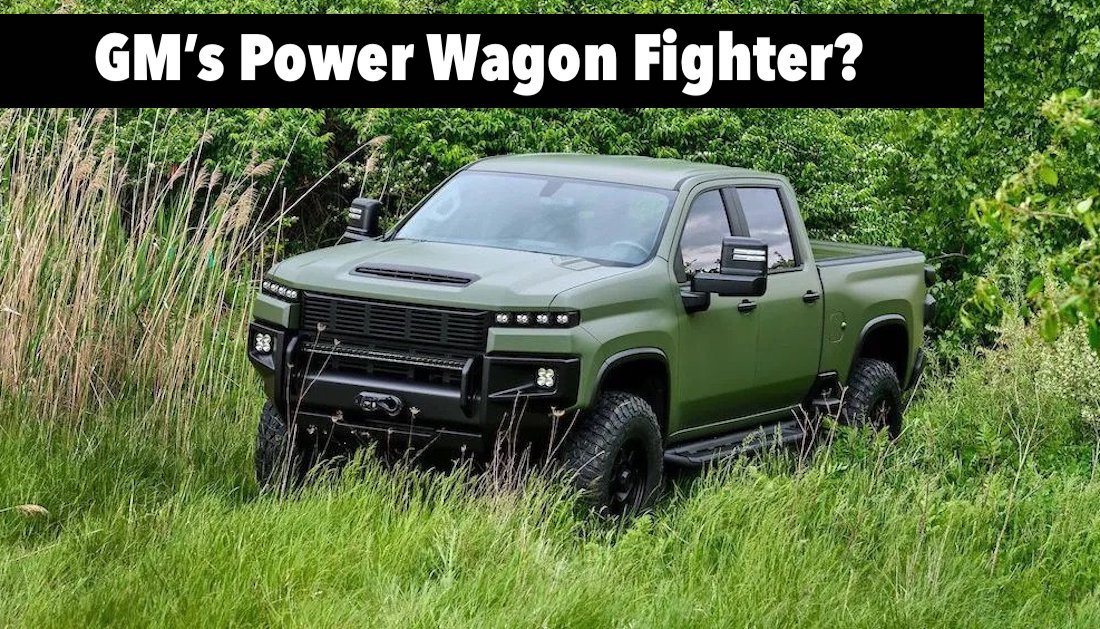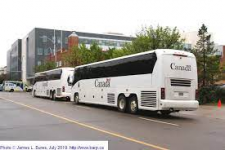We did that too when 2 RCHA only had one gun battery by "taxing" Central Militia Area to provide a complete battery worth of kit and then making it available for weekend and summer exercises.
BUT
@KevinB's real point is that its not so much the borrowing or the ad hocery that goes on for training, it's the fact that when you need to mobilize something bigger than 3 RegF brigades, all you have is worthless kit to give to the mobilized force rather than proper deployable gear.
I do believe that one should and can make some use of the MilCOTS stuff that we have but that as of this minute we should stop buying more and instead buy the proper SMP vehicles that will allow you to properly expand your force in time of war. We need a doctrine to tell us what we're supposed to do and what we need to do it with and then rigorously buy that. You can always use (and we have) a TAPV or even LAV on a domestic disaster op but you can't use some of the MilCOTS kit we have in a peer war without attracting unnecessary casualties or capability limitations. If the right piece of kit is an ISV for light infantry (and I'm not saying it necessarily is) then let's get the same ISVs for the ResF light battalions as the RegF ones have and not Toyota pickups even if it means fewer vehicles. If things go really really bad and we're short of those ISVs then we can always UOR a bunch of Toyotas out of parking lots but let's stop planning on buying MilCOTS.









